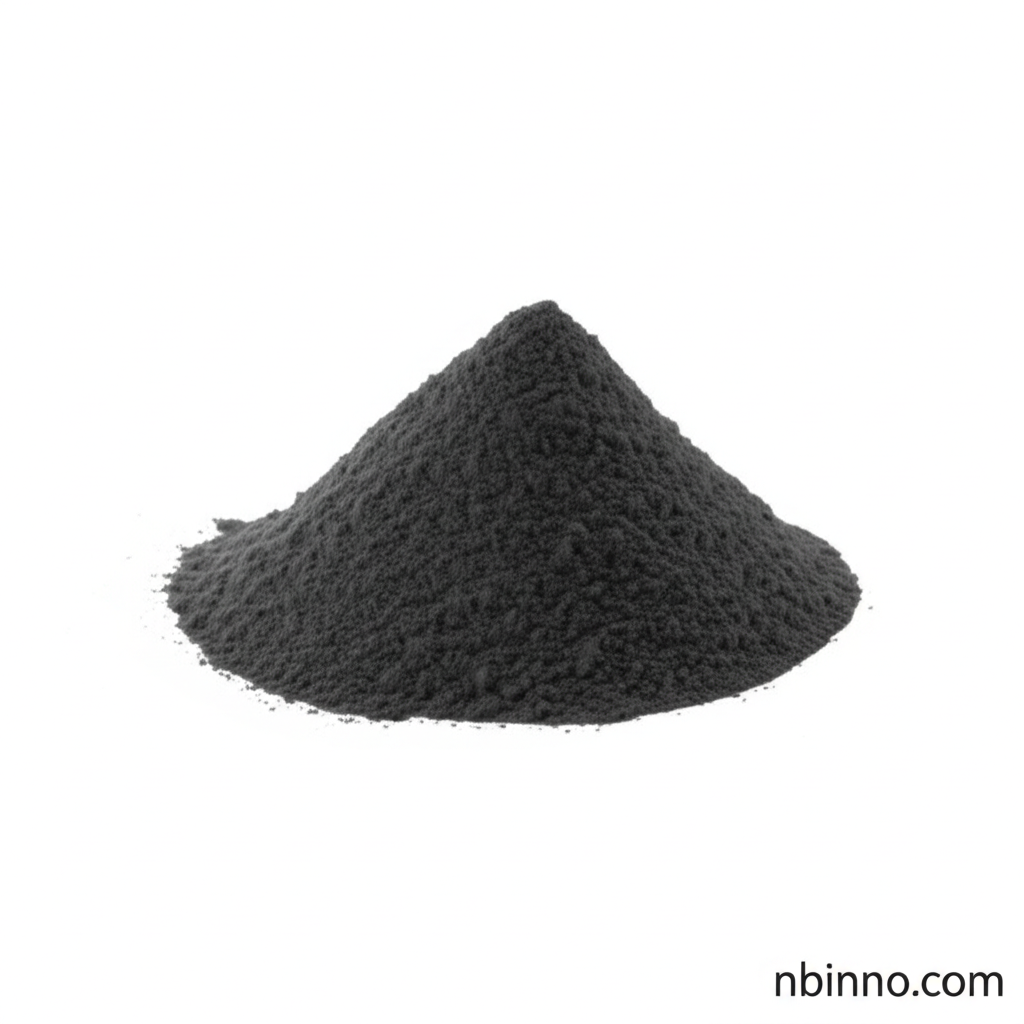Unlocking the Potential of 4,4,4-Trifluoro-1-phenyl-1,3-butanedione
Explore the essential properties, diverse applications, and reliable sourcing of this critical fluorinated diketone.
Get a Quote & SampleProduct Core Value

4,4,4-Trifluoro-1-phenyl-1,3-butanedione
This compound is a vital building block in complex organic synthesis, offering unique reactivity due to its fluorinated beta-diketone structure. It serves as a valuable intermediate for various specialized chemical applications.
- Leveraging 4,4,4-Trifluoro-1-phenyl-1,3-butanedione for precise organic synthesis, enabling the creation of novel compounds with specific functionalities.
- Exploring the applications of CAS 326-06-7 in catalysis, where its chelating properties can be utilized for various catalytic processes.
- Sourcing high purity 4,4,4-trifluoro-1-phenyl-1,3-butanedione is crucial for consistent and reliable experimental results in research and development.
- Understanding the chemical properties of Benzoyl-1,1,1-trifluoroacetone, including its melting point and solubility, is key for optimal handling and reaction design.
Key Advantages
Versatile Chemical Reactivity
The presence of both a phenyl group and a trifluoromethyl group on the diketone backbone provides unique reactivity, making it an ideal building block for synthesizing diverse organic molecules.
Metal Chelation Capabilities
As a beta-diketone, this compound exhibits strong metal chelating properties, which are fundamental for applications in analytical chemistry and metal extraction processes.
Enabling Complex Synthesis
Researchers and manufacturers rely on 4,4,4-trifluoro-1-phenyl-1,3-butanedione as a crucial intermediate for producing pharmaceuticals, agrochemicals, and advanced materials.
Key Applications
Organic Synthesis
Serves as a versatile reagent in complex organic synthesis pathways, facilitating the formation of carbon-carbon bonds and the introduction of specific functional groups.
Chemical Intermediates
Acts as a vital intermediate for the development of new pharmaceuticals and agrochemicals, where precise molecular structures are paramount for efficacy.
Metal Extraction
Its strong chelating ability makes it suitable for selective extraction and separation of metal ions in analytical chemistry and industrial processes.
Catalysis
Can be employed in the development of specialized catalysts, leveraging its ability to form stable complexes with various metal centers.
